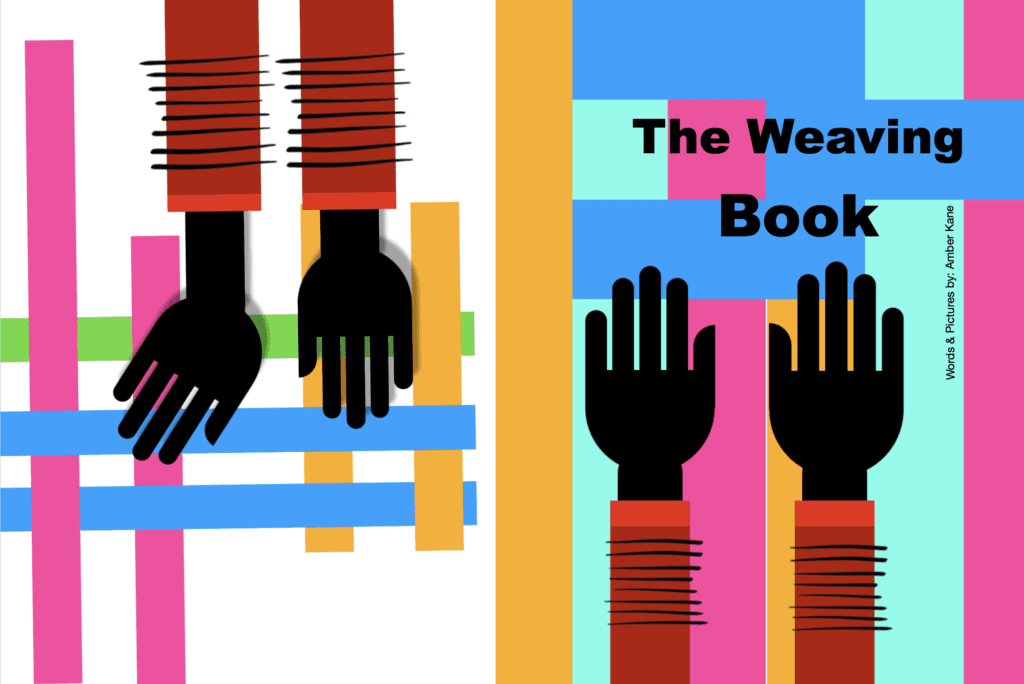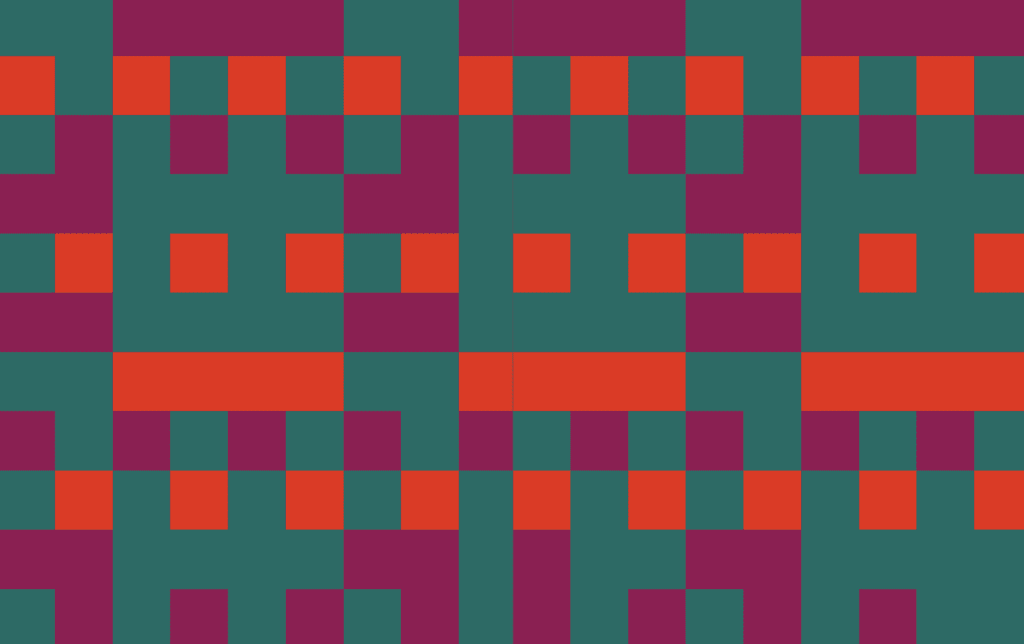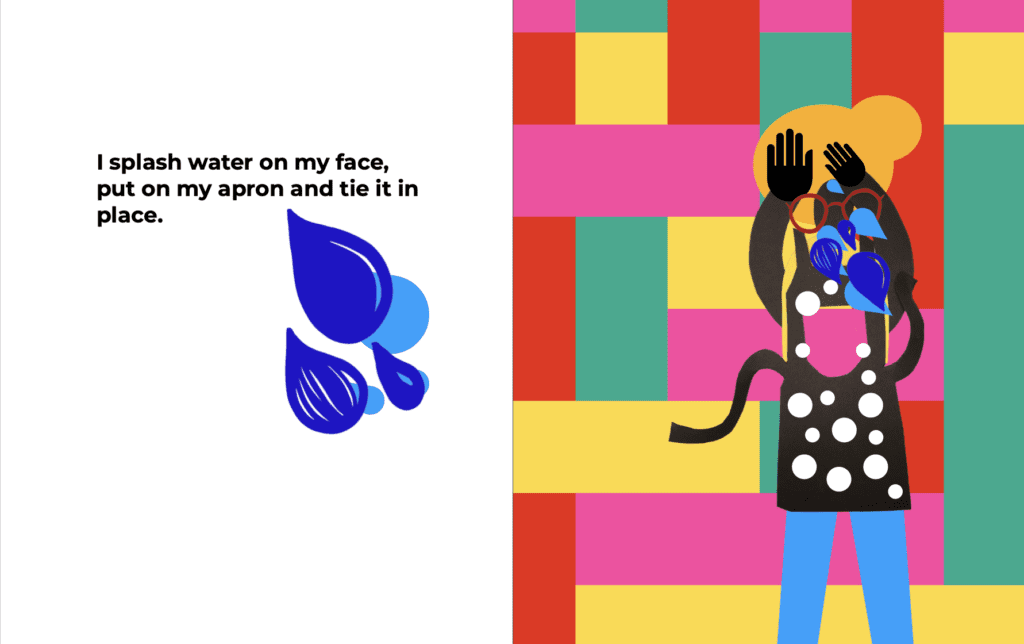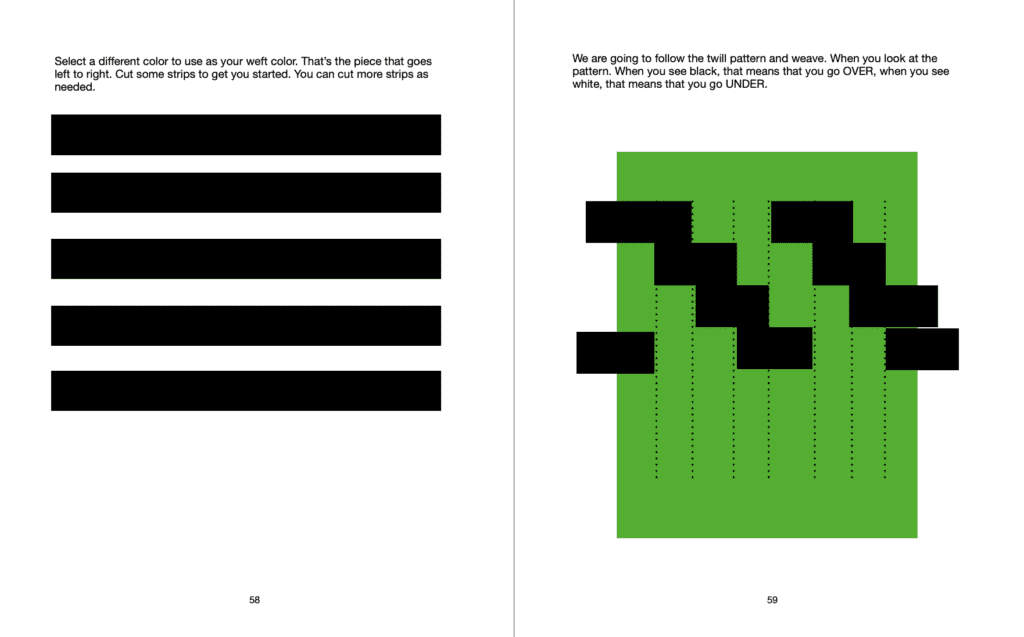The Joys of Paper Weaving
I first learned how to weave on a floor loom, while studying art education in college, and while I enjoyed the process, outside of the weaving studio, I didn’t have access to a floor loom, so once the class ended, so did my weaving. That is until several years later when a used loom listed on Craig’s list caught my attention. Recently married, I convinced my husband to drive 1.5 hours and load a 36″, 4 harness, Leclerc floor loom into the truck, which we then had to carry up to the second floor of our home. Looms are heavy and rather clunky to carry, let alone up the steep steps of an old home.
Looking at the loom, I realized that while I’d retained some of my knowledge from my junior year weaving class, a lot of the process, especially “dressing” the loom seemed like a distant memory. I grabbed a few of my weaving books and assumed that I could find answers and instructions to all of my questions. Nevermind that I’ve never been a fan of, or very good at following written instructions.
I tried and tried. And after a lot of trail and error, I wanted to give up. I could no longer remember WHY I wanted to buy this loom, but, at the time, it was a large investment in space and money, so I felt like I had to figure out how to use it. So, I put the books away and headed to Google. After a few searches, I uncovered my problem, and it’s not what I expected. The book that I was following was on recall, as it was missing a few key pages.
While most people may have taken this as a sign to simply purchase a different book, I’m a person of extremes in my creative practice. So, buying a new book didn’t even enter my mind as an option. Instead, I determined that I would stop following other people’s patterns and instructions, and I would make up my own. I was unsure if I knew how to make my own patterns, I hadn’t done it before, but decided that was the next best step.
And it was!!!
Many weavers create their own patterns by carefully drawing and planning on graph paper or on a computer program. I, on the other hand, made them up as I went along. If someone enjoyed a pattern that they observed in my work, while I may be able to create something similar, I was often unsure and uninterested in recreating the exact same thing.
There is a lot of joy and surprise and making up patterns as you go. There is also a lot more room for error and frustration. I’ve learned a lot about pattern making, by stepping away from the loom and sitting down with strips of paper.
Paper Weaving is a great way to learn about creating patterns, that can remain only on paper, or be transferred to weaving with fiber. Below are a few videos to help you get started.
How to Design A Pattern
Turn your pattern into a paper weaving
Get your copy of The Weaving Book



